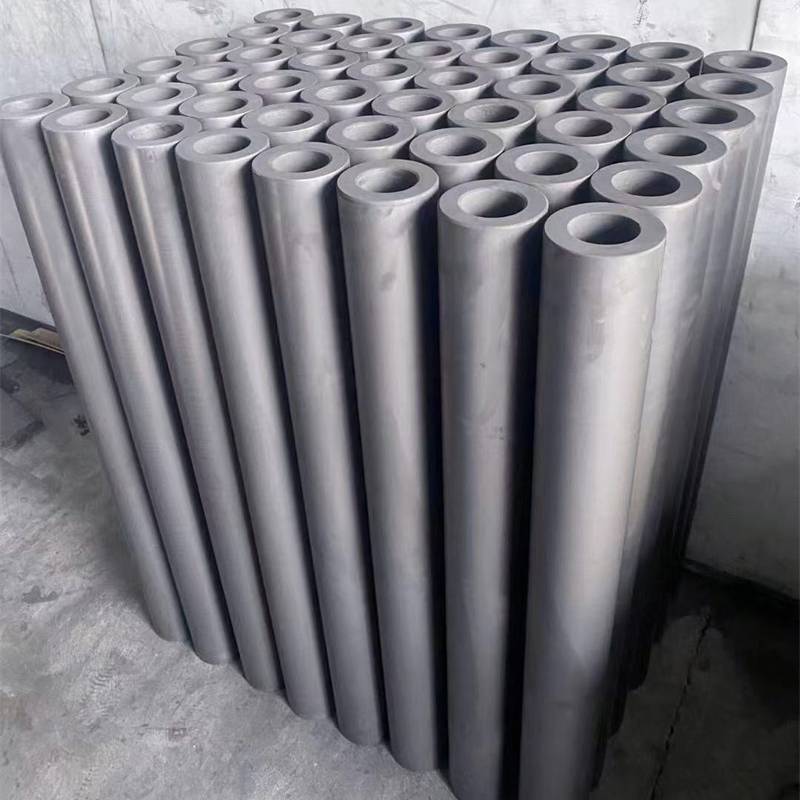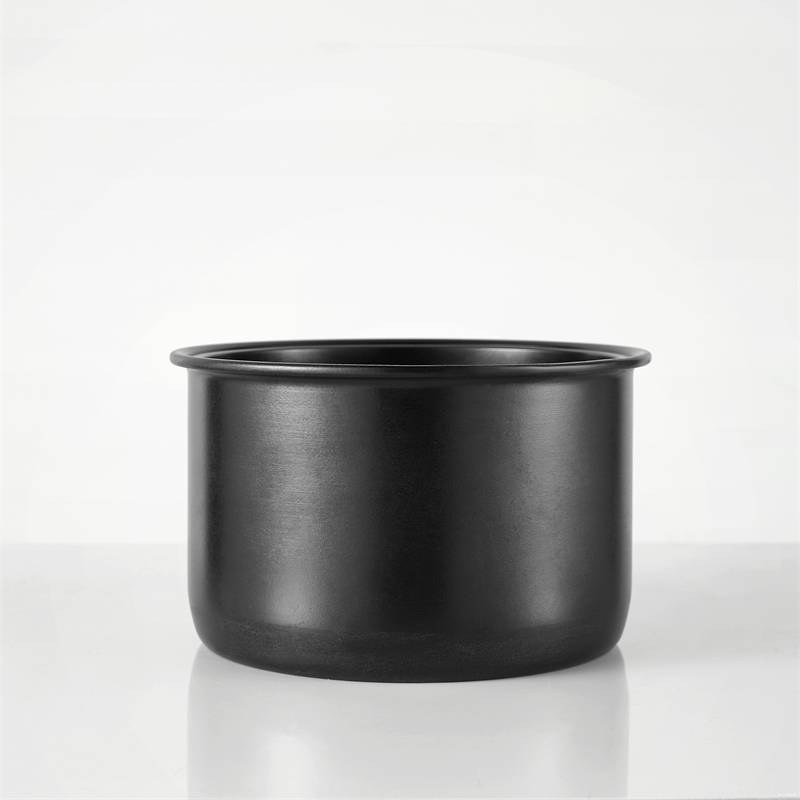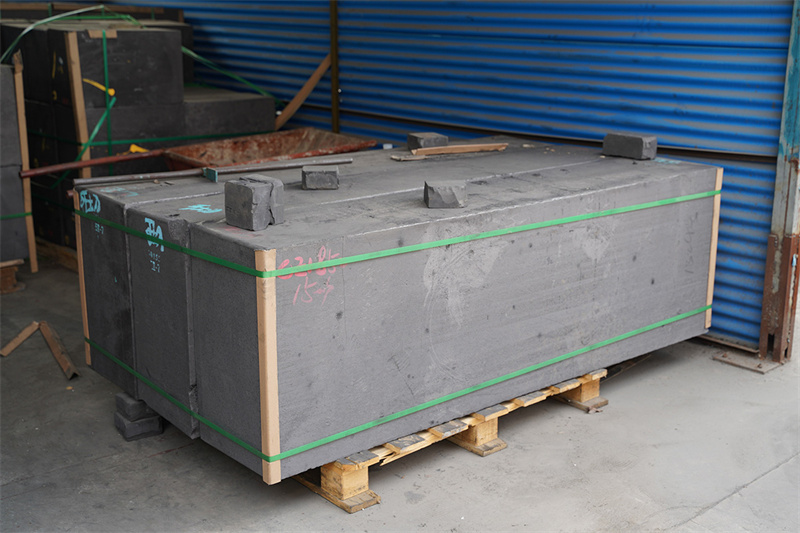Graphite rods are usually used as electric heaters in high-temperature vacuum furnaces, and the operating temperature can reach 3000°, and they are easily oxidized at high temperatures. They should only be used in neutral or reducing atmospheres, except in vacuum. Graphite rods have small coefficient of thermal expansion, high thermal conductivity, better processing performance than SiC and MoSi2, good performance in high temperature resistance, extreme cold and extreme heat, and low price.
Graphite rods have been widely used in foundry, chemical industry, metallurgy, machinery, national defense, non-ferrous alloys, light chemical industry and other fields because of high temperature, easy conduction and good chemical stability. In particular, black carbon rods have become a widely used non-metallic material, and are also used in medicine, semiconductors, ceramics, laboratory analysis and other fields. When cutting steel, there is no need to use flammable and explosive gases like oxyacetylene flame cutting, and the cost is low and the operation is simple. Arc cutting can be used to process various metals that cannot be processed by gas cutting, such as cast iron, stainless steel, copper, aluminum, etc. High efficiency and satisfactory effect.
Graphite rod products are hard and brittle, have a small expansion coefficient, are resistant to rapid cooling and heat, are not easy to deform, have good chemical stability, strong acid resistance, do not react with strong acids, have poor alkali resistance, and can corrode and decompose rods at high temperatures. The flexural strength of graphite rods becomes harder as the temperature of the components increases, and the surface load current density of the components is closely related to the raw material formula and pressing density of black carbon rods, which can be adjusted arbitrarily according to needs.
Reasons for graphite rod electrolysis: DC power supply, two electrodes. Among them, the two electrodes connected to the positive pole of the power supply, the positive pole connected to the positive pole of the power supply is called the anode and the negative pole of the power supply, the electrode connected to the negative pole of the power supply is called the anode, and the electrode connected to the negative pole of the power supply is called the cathode.
The melting point of graphite rods starts to soften at 3000 degrees in vacuum and tends to melt. When it reaches 3600 degrees, graphite begins to evaporate and sublimate, and the strength of general materials gradually decreases at high temperatures. But when graphite is heated to 2000 degrees, its strength is doubled compared with room temperature, but its poor oxidation resistance gradually increases with the increase of temperature.
The conductivity of graphite rod is 2 times higher than that of carbon steel, 4 times higher than that of stainless steel, and 100 times higher than that of general non-metals. Its thermal conductivity and electrical conductivity are quite high. The thermal conductivity of graphite rods not only exceeds that of metal materials such as steel, iron, and lead, but also decreases with the increase of temperature. Unlike ordinary metal materials, graphite even tends to insulate at high temperatures. Therefore, in warm conditions, the thermal insulation performance of graphite is very reliable.
Graphite rods have good lubricity and plasticity, and the friction coefficient of graphite is less than 0.1. Graphite can be developed into breathable and transparent flakes. High-strength graphite is very hard and difficult to machine with diamond tools. Graphite is chemically stable, resistant to acid, alkali and organic solvents. Due to the above excellent properties, graphite rods have been widely used in modern industry.



_853.jpg)
_867.jpg)
